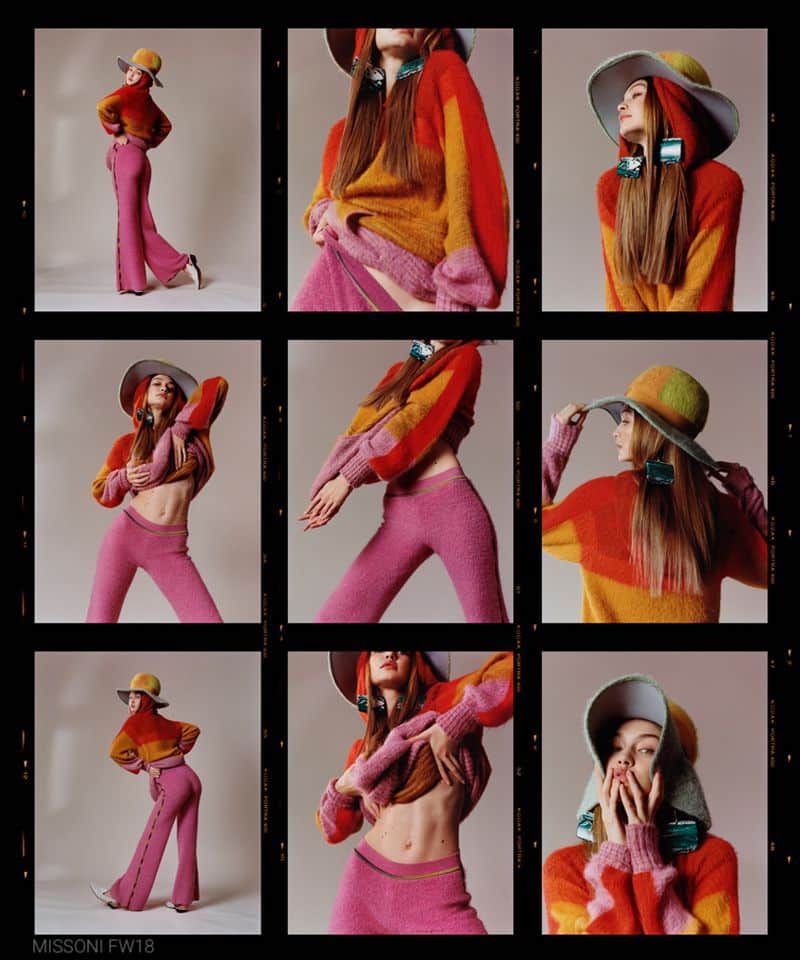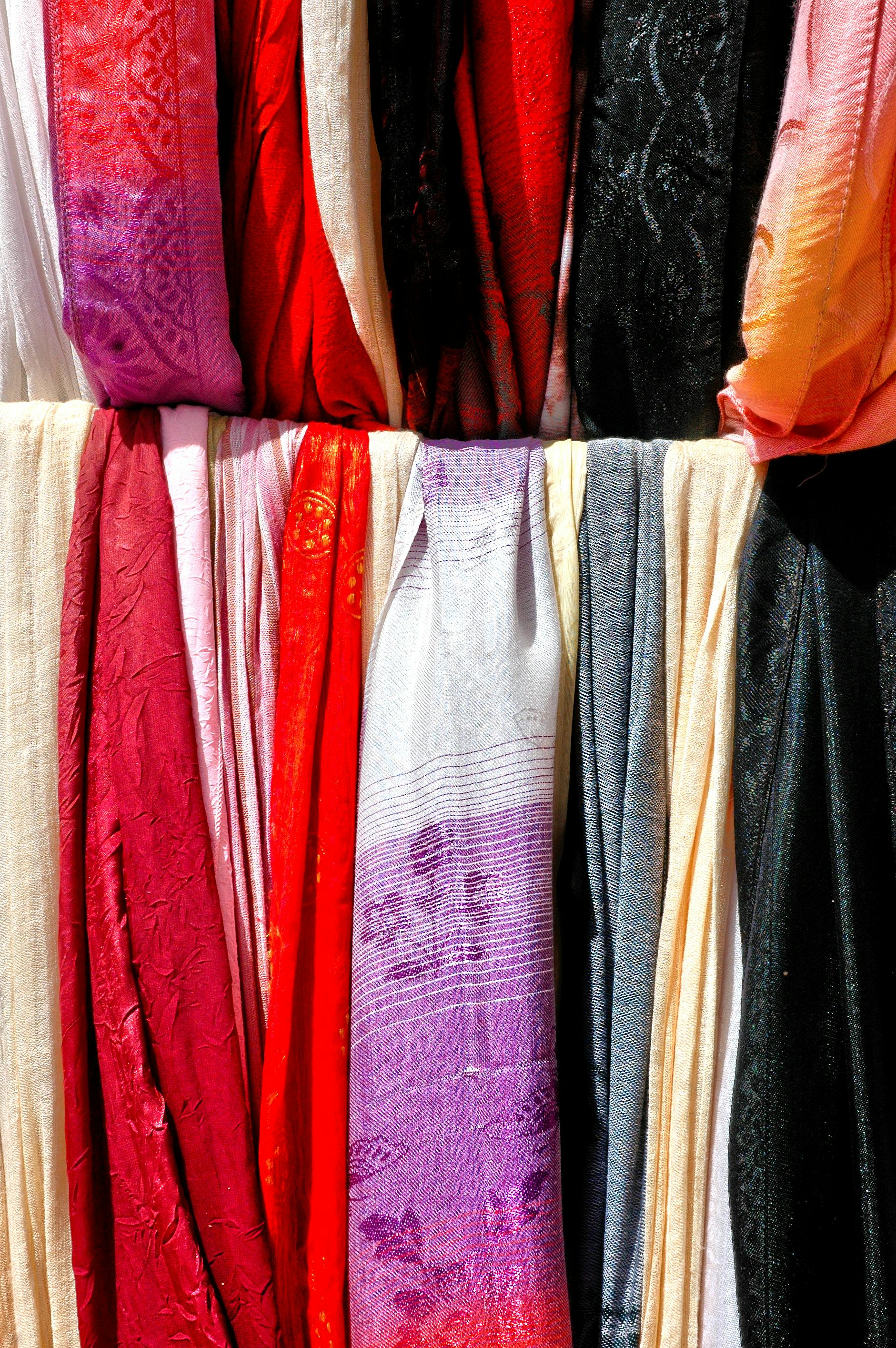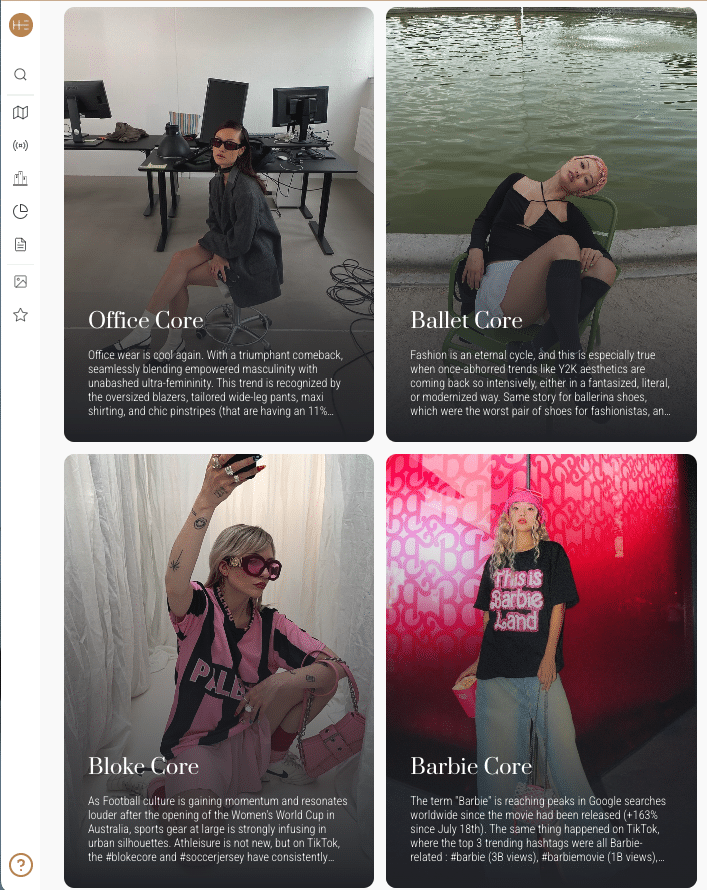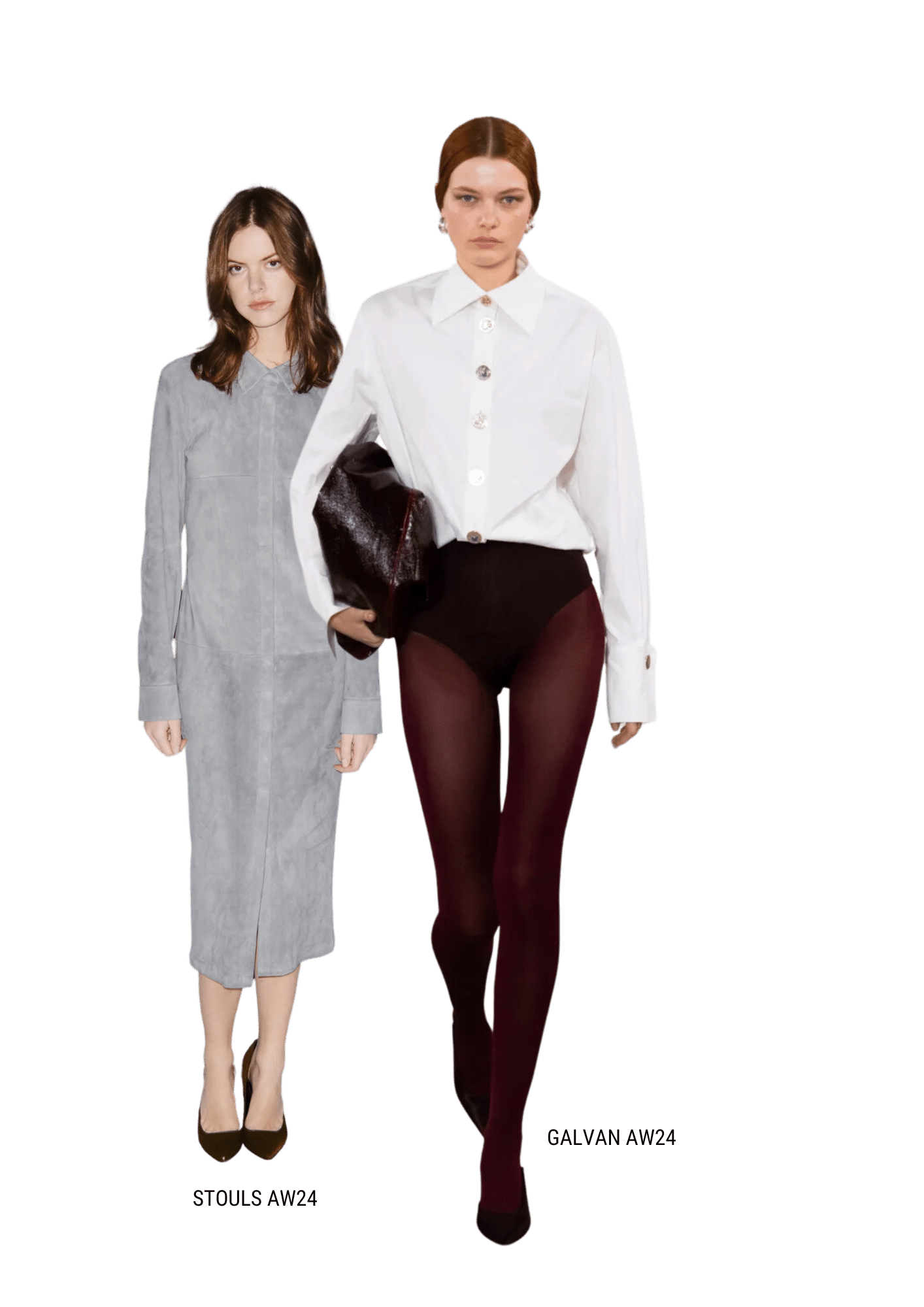According to a 2022 study by GWI, there are a multitude of different motivations behind people’s social media use. The top reason is to keep in touch with friends and family, a reassuring sign considering that human connection was the original purpose of social media. But other popular reasons are directly related to B2C relationships, including:
- Inspiration for things to do and buy: 27.7% of respondents
- Finding products to purchase: 26.3%
- Seeing content from favorite brands: 23.1%
These numbers are interesting for brands in particular, because they signal a genuine engagement from consumers that goes beyond mere purchases. Consumers look to their favorite brands on social media for not only new products, but also inspiration, entertainment, and key values. Instagram especially is a vital avenue for younger consumers who cite the platform as their favorite social channel, with women aged 16-34 and men aged 16-24 reporting this preference.
Social media-based trend forecasting
So if consumers can glean so much information from their favorite brands on Instagram, there’s no reason brands can’t do the same from their customers.
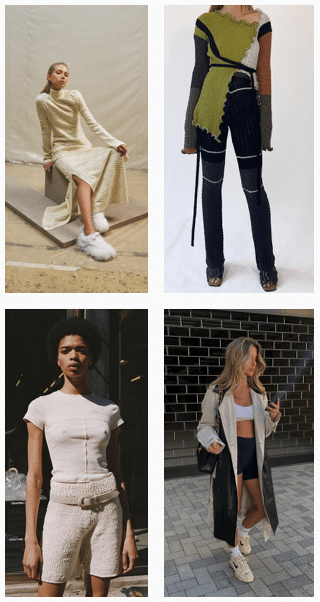
Using data drawn from social media, brands could know more about their audience’s geography, age, interests, values, style, and more. At Heuritech, we do exactly this, and we take it a step further by pulling out trends and products from the data we collect from Instagram. This combination of consumer and trend data presents a major edge to brands’ collection creation — all based on the power of social media. But how does it all work?
Left: Images from Heuritech’s database
Defining consumer segments on social media
The first step in Heuritech’s forecasting process is defining consumer panels, or segments, from social media. We have three major consumer panels: edgy, trendy, and mainstream.
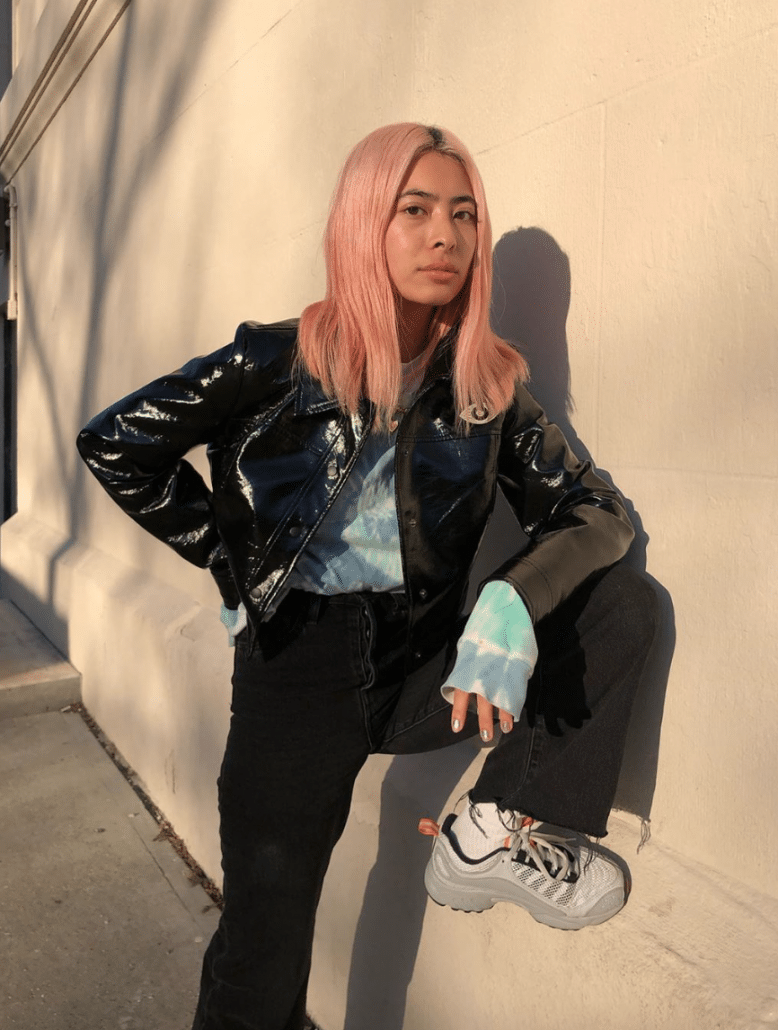
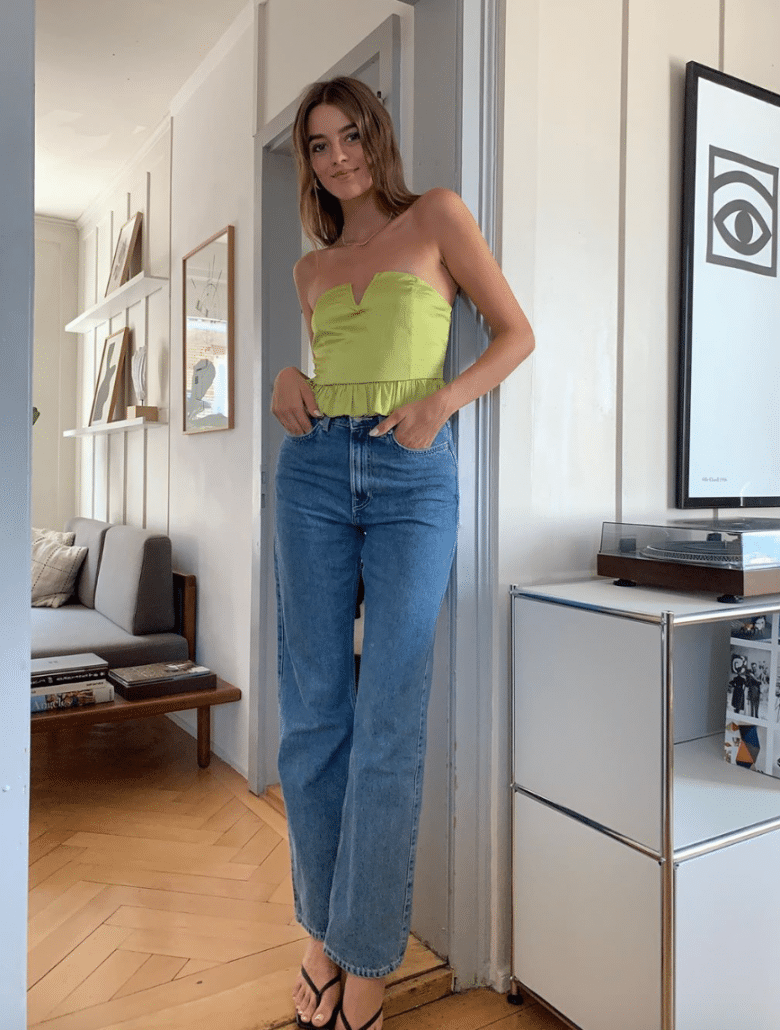
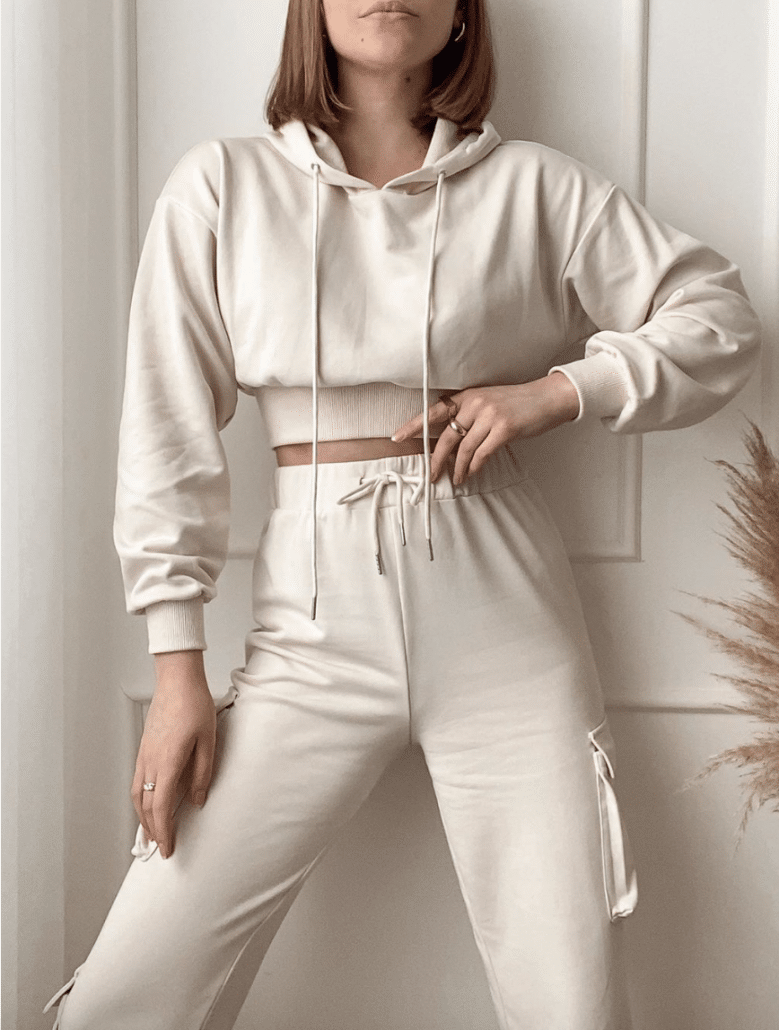
- Edgy: These consumers adopt a look or product far before it arrives on the popular radar, and they seek styles from small or emerging brands.
- Trendy: These consumers keep up with new and desirable brands, styles, and products and tend to wear trends when they’re at the peak of their popularity.
- Mainstream: These consumers follow along with major styles and products once they’ve reached peak popularity and engage more passively in fashion.
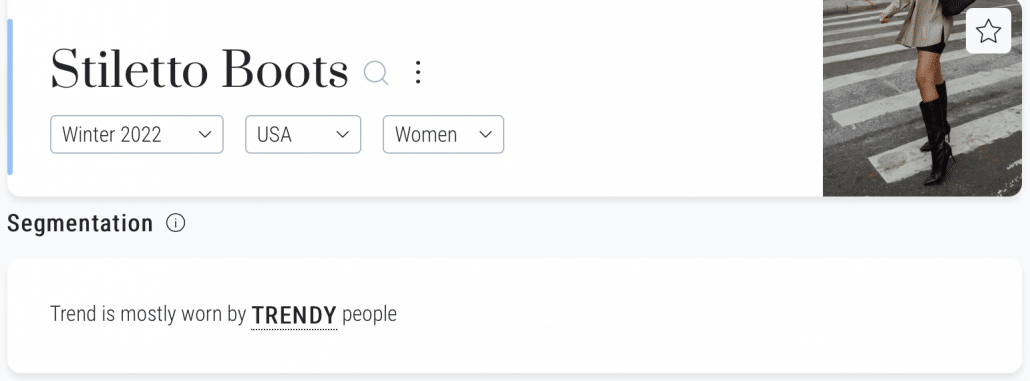
These three panels are based on tens of thousands of public accounts which are either hand-picked or AI-built by us from Instagram. Each panel contains approximately 50K Instagram accounts from the geographies we cover, as well as 400K Weibo accounts from China. These panels are also regularly updated so as not to incorporate data from inactive or irrelevant accounts.
Applying our image recognition technology to social media images
Once we’ve defined and refined our consumer panels, we then move onto analyzing the images themselves in order to pull out trends, styles, and products. Heuritech does this by using our in-house computer vision (or image recognition) technology, which was created by our two co-founders with PhDs in Artificial Intelligence, Tony Pinville and Charles Ollion. And to ensure consistent precision, our data experts constantly improve and innovate upon this technology.
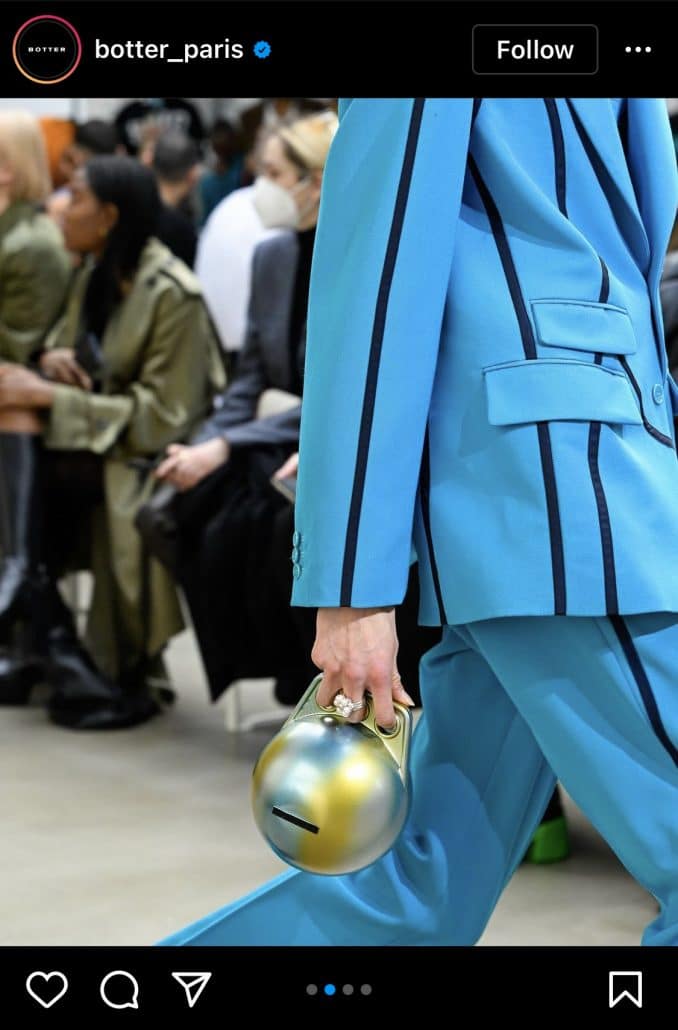
We apply this technology to an image, upon which it analyzes every element from color, to shape, to fabric and print. Over 2000 details can be drawn from any given image with our computer vision technology, and the data can be cross-referenced with consumer segments, geography, and seasonality.
Our scope of work currently includes Clothing & Shoes.
- 6 Clothing categories: Tops, Dresses, Skirts, Pants, Shorts, Outerwear, Shoes
- 4 Shoes categories: Sneakers, Boots, Dress Shoes, Sandals
For each category, we are able to detect precise attributes. For instance:
- For Outerwear: Shapes, Fits, Hood type, Lengths, Pockets type,…
- For Dress Shoes: Shape, Back type, Closure, Heel height, Heel type, Toe shape, …
Furthermore, we also detect macro trends, applicable to any category:
- Colors: warm tones, beige, pastel pink…
- Fabrics: leather, knit, ribbed knit, …
- Prints & patterns: dots, animal, leopard, …
For instance, our experts recently defined Long Bags from our edgy consumer panel for the Winter 2022 season in Europe. This early-stage trend was able to be detected by the expert eyes of our fashion team, and then further supported by historic and real-time data thanks to our AI technology.
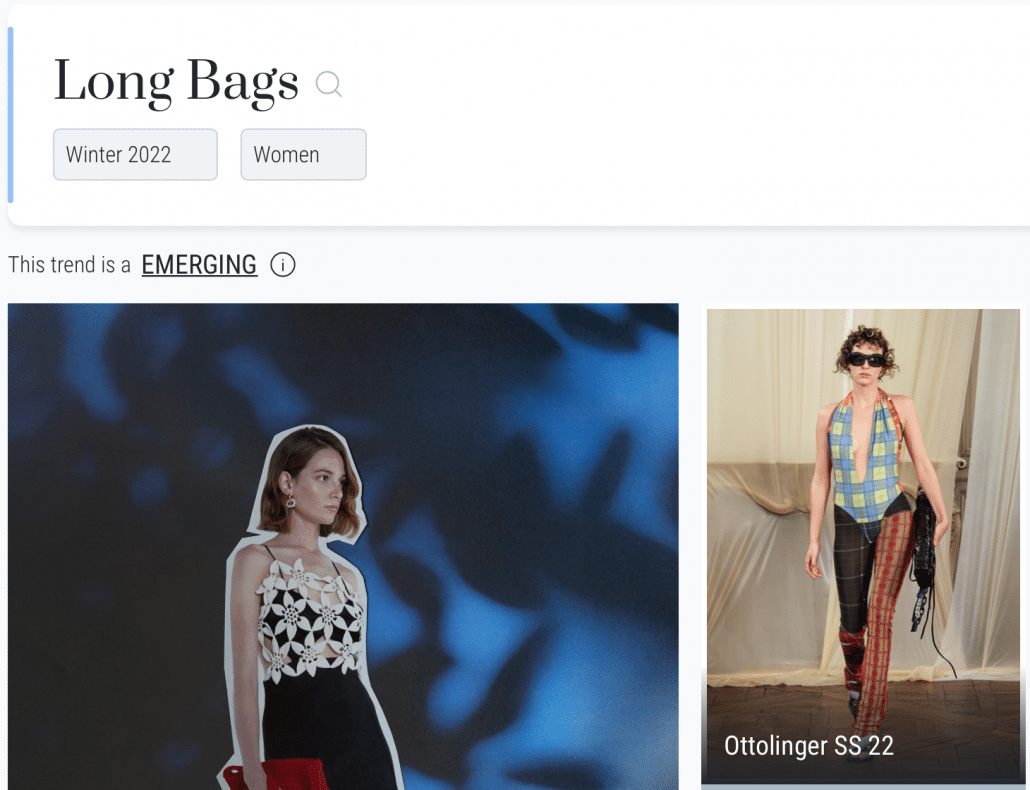
For niche and emerging trends, this combination is often how Heuritech is able to be so accurate in its trend and product analyses. And with a database of about 120 million posts for Market Insights alone, our technology and our experts have a lot to go on.
Forecasting trends with accuracy
Now, in order to transform our data into proper insights, Heuritech applies what we like to call our forecasting toolkit — this toolkit is essentially one master algorithm that is a combination of 7 different forecasting algorithms. This machine learning forecasting algorithm allows us to predict how trends behave with 90% accuracy. In 2024, after two years of research and innovation, we announced an enhancement to our trend forecasting capabilities: we now provide trend forecasts up to 24 months in advance, ensuring high accuracy throughout. This breakthrough allow our clients to better align with their internal collection design processes.
Actionable analysis with social media based trend forecasts
The final step in our social media based trend forecasting is of course actionable data. Fashion brands must be able to read and understand the data we extract from Instagram, Weibo, and other platforms in order to apply this information to their own collections and communication.
Our metrics include, but are not limited to:
- Consumer segmentation: Edgy, trendy, and mainstream consumer panels help brands to understand and make decisions based on existing or aspirational audiences.
- Geography: Trend and product data is specific to each geographical region (Europe, France, the United Kingdom, the US, the Middle East, China, South Korea, Japan, India, Brazil, Taiwan, Thailand, Singapore, Malaysia, Philippines and Indonesia) for brands’ adaptability to their various markets.
- Seasonality: Insights like optimal launch times and high seasons allow brands to avoid missing big trends and avoid including declining ones.
- Growth: A trend or product’s visibility on social media compared to the same season the year prior gives brands a legible view of a trend’s popularity or decline.
- Magnitude: A trend or product’s potential market demand during the season of interest helps brands to judge a trend’s future demand.
- Age segmentation: Age insights are based on the adoption rate of the trend considered within each age range (16-25 ; 26-35 ; 36-45 ; 45+).

Beyond these metrics, we also provide inspirational moodboards, category breakdowns, and overall status for each trend. Ultimately, this combination of qualitative and quantitative data truly provides a 360° view of each trend or product in a way that may not be explicit simply scrolling through social media. With this information, brands are able to better understand their customers, the markets, and their own strategy.
AI and human expertise makes the power of our trend forecasting
At Heuritech, we pride ourselves on integrating cutting-edge artificial intelligence with deep fashion expertise to deliver predictive analytics with unparalleled precision. Our dedicated team consists of machine learning specialists who continuously improve our algorithms. Alongside them, our fashion analysts and forecasters bring industry insight and intuition, enabling us to contextualize the data and identify trends that are not just statistically relevant but also culturally resonant. This synergy between AI and human expertise allows us to deliver accuracy in trend forecasting, setting a new standard for the industry.
For fashion brands, social media is a true gamechanger for consumer insights. The numbers alone are impressive: as of January 2022, Instagram reported at least 1.478 billion users around the world. The sheer volume of users globally is evidence enough of the goldmine of data within these platforms, providing new, unfiltered insights each day.
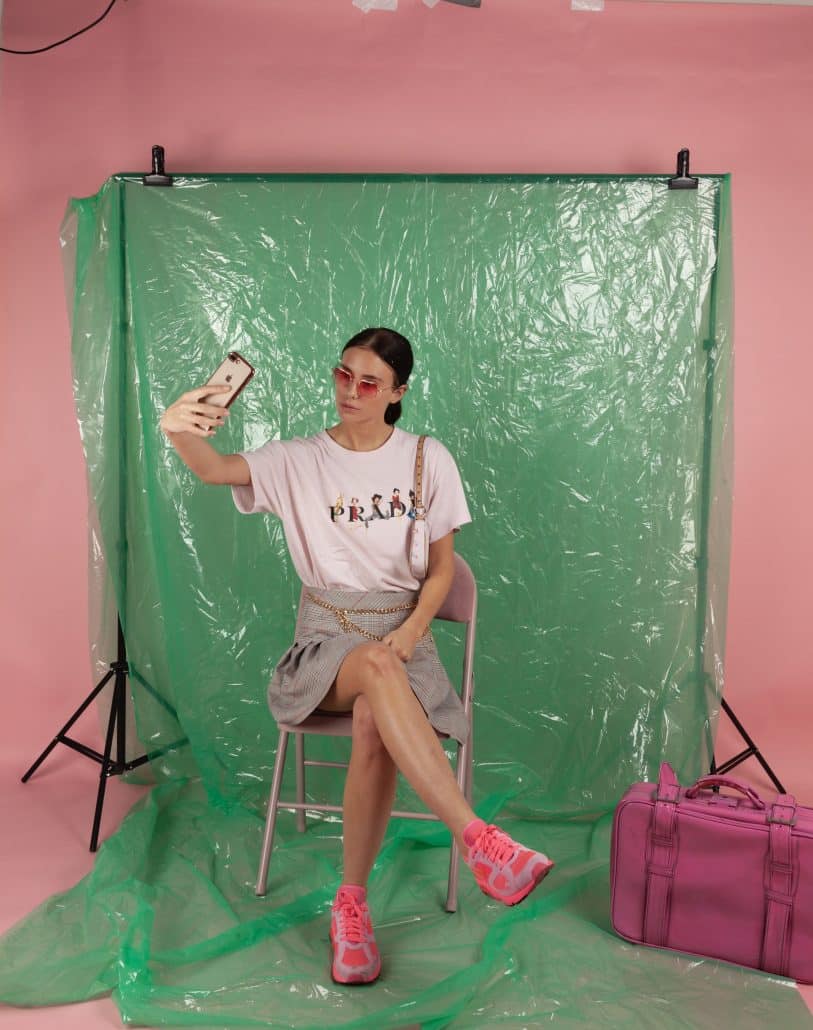
Indeed, consumers express their favorite styles and their strongest values intuitively, through posts, likes, and hashtags that reflect their honest opinion. This is the major advantage of social media based trend forecasting: the data we pull from Instagram, Weibo, and more is taken directly from the source: the consumer.
These insights are unbiased, reliable, and in real-time. Instinctive information like this offers brands data on what consumers do, rather than simply what they say, which is often what we find in typical consumer sources such as social listening and organized surveys.
To access data which reveals how a certain product is performing on the market, or how a type of consumer feels about a particular trend, or even how a certain style is being adopted in one geography versus another — these insights are truly invaluable for a brand, big or small. With the power of artificial intelligence and human expertise, it’s possible to demystify the market and create better collections.
